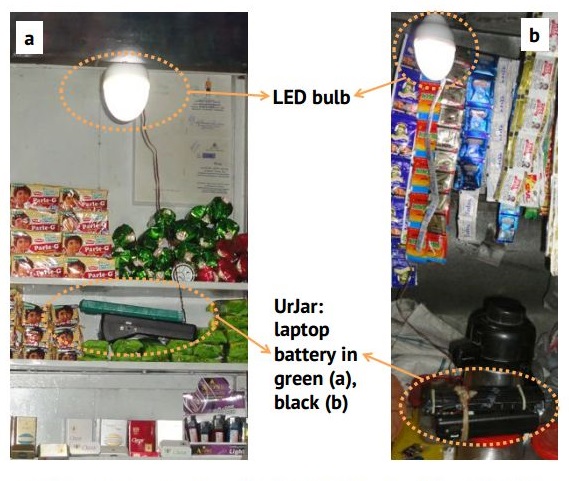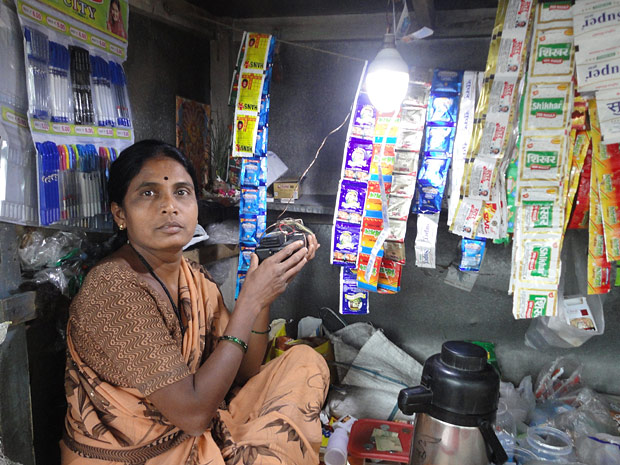India generates 32 metric tonnes of e-Waste every day and this is how it’s put to good use!
Ever wondered where all the laptops, desktops, tablets and smartphones end up once you’ve discarded them? E-waste as it is formally known, mostly gets dumped in landfills. On the way, it is handled by cheap laborers who do not possess the skills or the equipment that would assist them in discarding the waste safely and without causing damage to the environment or to their own health; harmful chemicals like lead and mercury are thus released into the air and the ground, polluting the earth and causing illnesses.
But Bangalore based IBM Research India, in collaboration with Hardware R&D firm Radio Studio, have found a way of keeping some of the e-waste out of the landfills and in the process have taken a giant step towards bringing light to the lives of 400 million Indians that do not have access to regular uninterrupted power.
What is UrJar?

Batteries from disused laptops are collected by Radio Studio – a hardware R&D firm – and those batteries that can still store a few hours of worth of charge are isolated. These batteries are then refurbished and placed in a housing with charging circuit, converters, hardware that helps to minimize fire risk and jacks which allow the battery to be connected to a variety of devices including cell phones, LED lamps and small fans. This device has been dubbed UrJar, a fusion of the Hindi word for energy – urja – and jar.
How UrJar can help those without electricity
According to the study, UrJar enables both commercial and residential users to light up their homes and shops even when the grid is down. In fact, the users reported that they were able to keep the shops open up to two hours longer at night because of UrJar.
The Future…

Although the project is still in testing phase, there is every reason to hope for its success, not just in India but also in other developing nations where a large majority of the population especially in rural areas have to deal with the consequences of living without uninterrupted power from the grid. Such innovations can be key for improving their standard of living before it is possible to bring 24-hour electricity supply to their households.
Also benefiting from the innovation of UrJar is the environment. Batteries that would otherwise be rotting in the landfill and secreting harmful chemicals into the soil and air, are being put to good use by helping to light up the lives of those living in constant darkness. And there is certainly no chance of UrJar being in short supply; according to an estimate from BBC, the Indian IT sector generates about 32-metric tonnes of e-waste every day. That would give us enough UrJar’s to light up every house in India.
